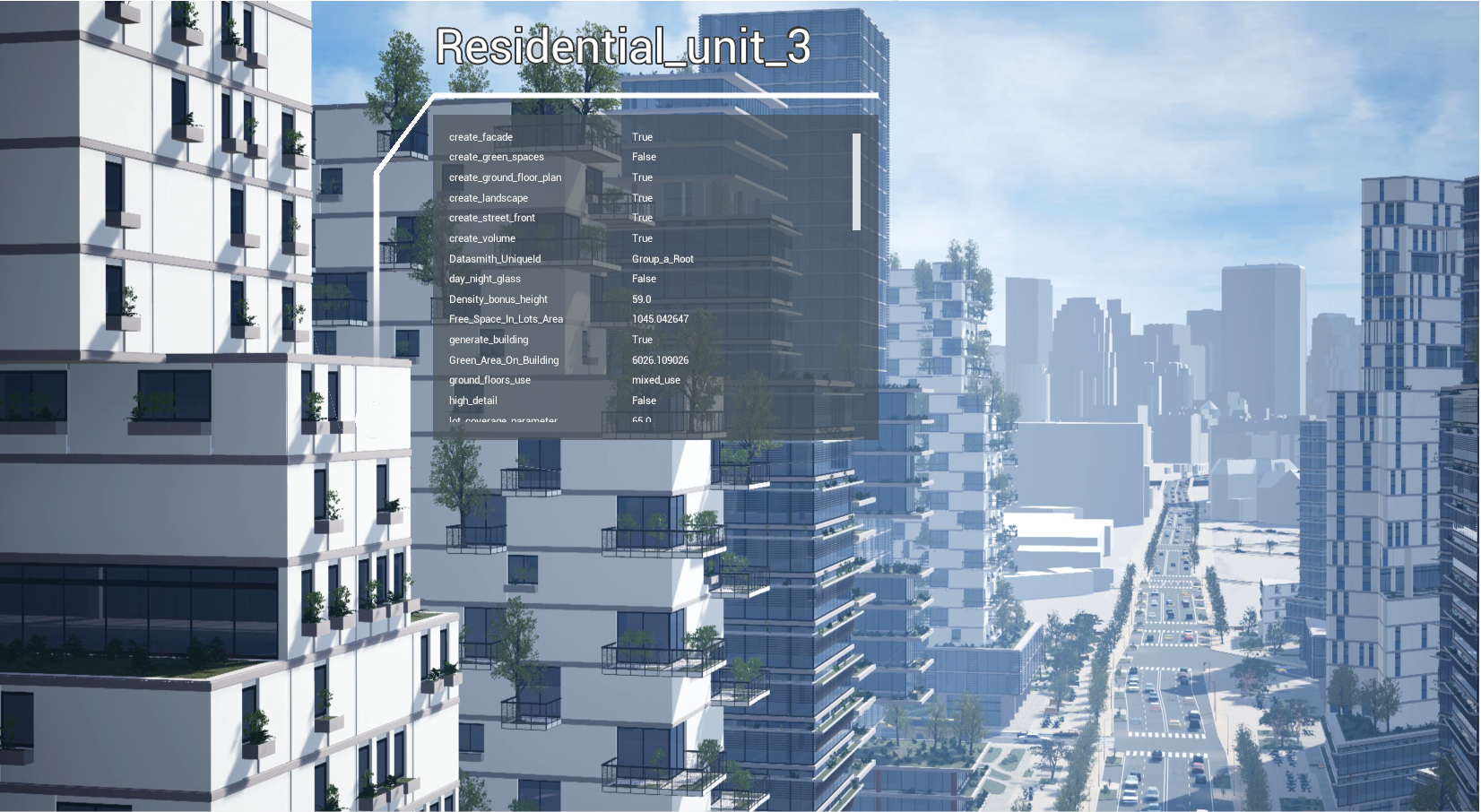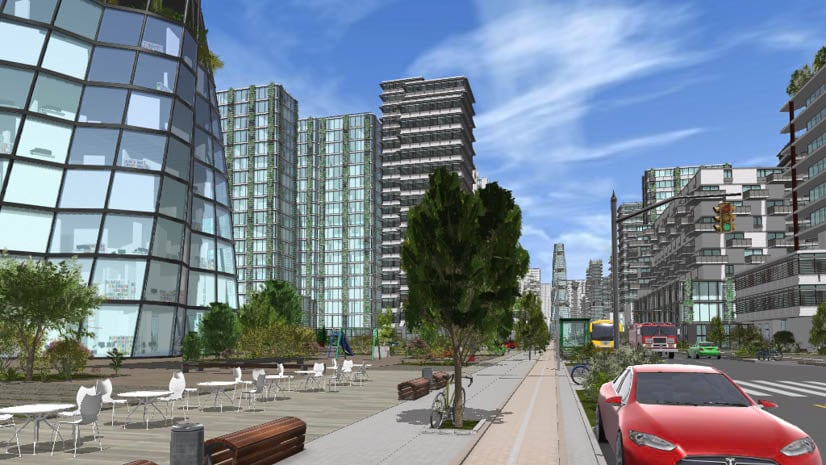
Procedural Model Generation allows the user to create buildings and environments rapidly and easily. Building tall skyscrapers with glass windows, would be geo-typical. For example: If I want to create buildings for New York City scene, building 18th century log cabins would not be geo-typical. This is a term more synonymous in the model and simulation world, but it is definitely present in the video game and GIS industry.įirst let me explain geo-typical: this means the typical structures and features of the surrounding environment. The process for taking this data and turning it into something more advanced or “geo-typical” is called Procedural Model Generation. While this sort of thing might be okay for basic viewing of GIS data, the surface for CityEngine’s potential hasn’t even been scratched yet. Afterward, the flat shapefiles should be extruded to their height in 3D! Once you save this script, you can drag or assign the rule file to the selected polygons, they should highlight orange when you hover the script over them. cga works but trust me, you don’t have to be a programmer to learn it. It takes time to learn the different ways. #End Copy Here#ĭon’t be intimidated by this at all, I was and I can tell you it was unfounded. cga script I made, linking the attribute HEIGHT in the footprint, then extruding the shapes based on that height.


There are many neat functions to use however, in this post I will only do an extremely basic one. In order to give the shapefiles any geometry features like height, width, number of floors, etc.
#Cityengine multiple floors how to#
In this case I’m just going to demonstrate how to extrude some buildings easily. This height could be in meters, feet, and annoyingly, story (I’ll call them floors since that makes more sense in my head).Īfter the data is loaded into CityEngine, the user has to select some or all of the footprints, depending on the area of interest (AOI).

First, we need to put shapefiles inside CityEngine.īuilding footprint shapefiles are a perfect example to begin with because most GIS people understand that footprint polygons represent the outline of buildings and will typically contain some height attribute. Once a user learns the fundamentals the possibilities for creating within CityEngine are essentially limitless.Īlthough it has taken me almost a year to learn, I’d like to explain some of the basic features that anyone interested in GIS or creating gaming environments might want to know. Esri’s CityEngine is both an incredibly useful program for rapidly creating cityscapes and a total nightmare to learn.


 0 kommentar(er)
0 kommentar(er)
